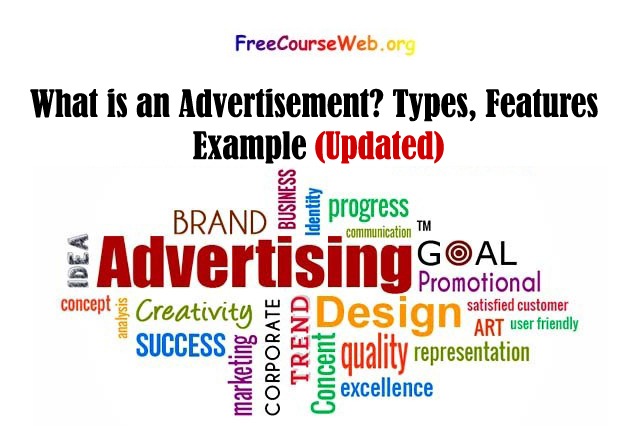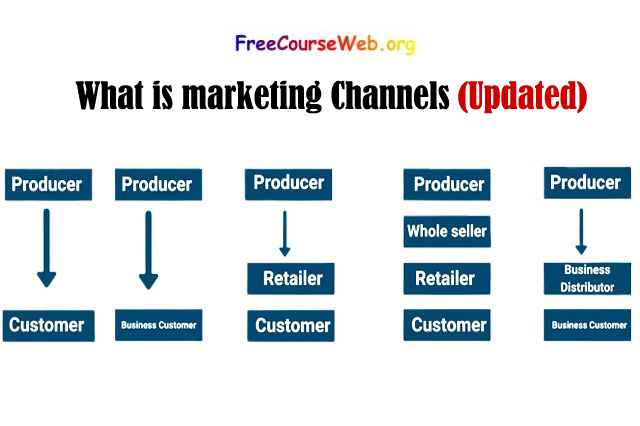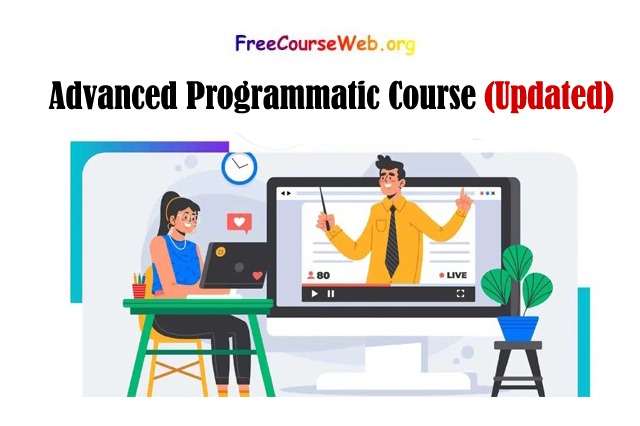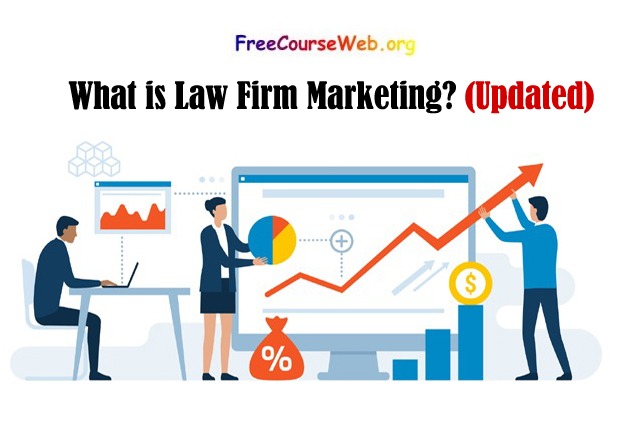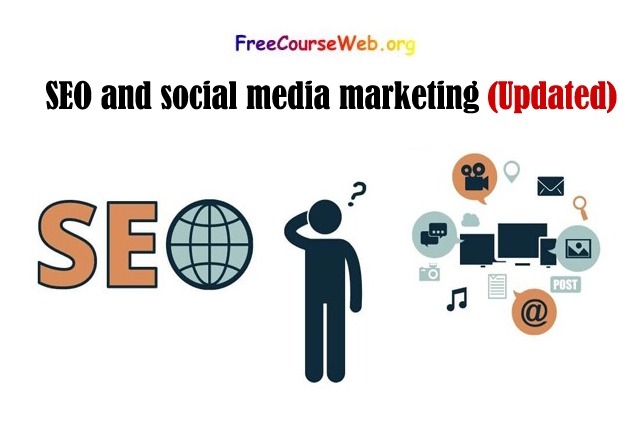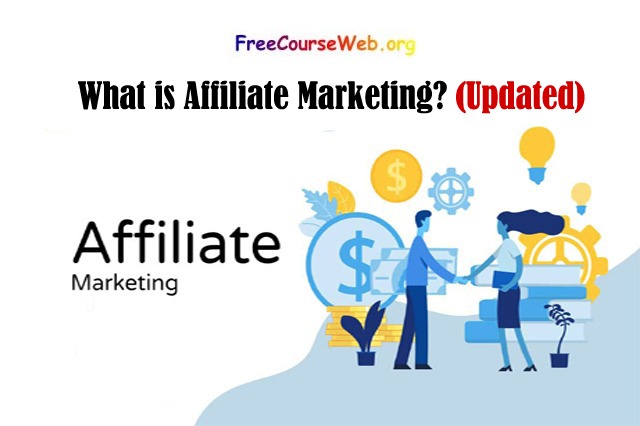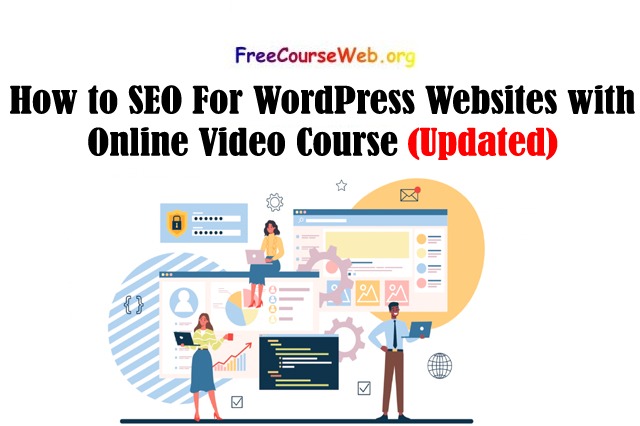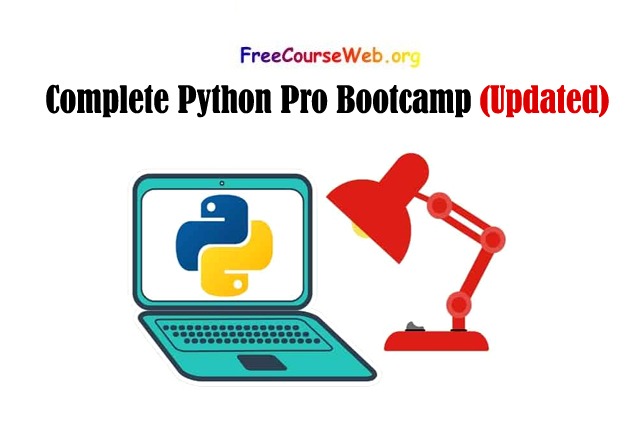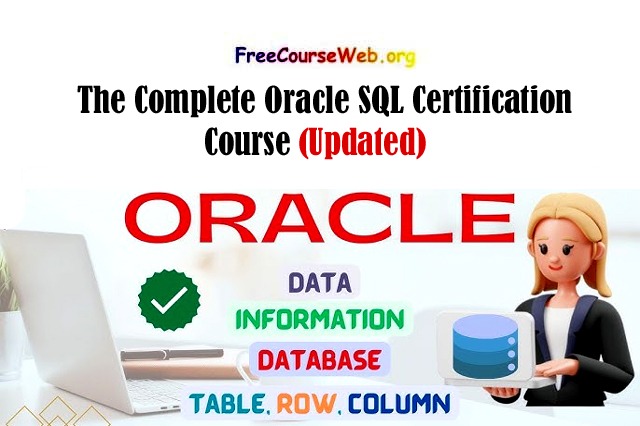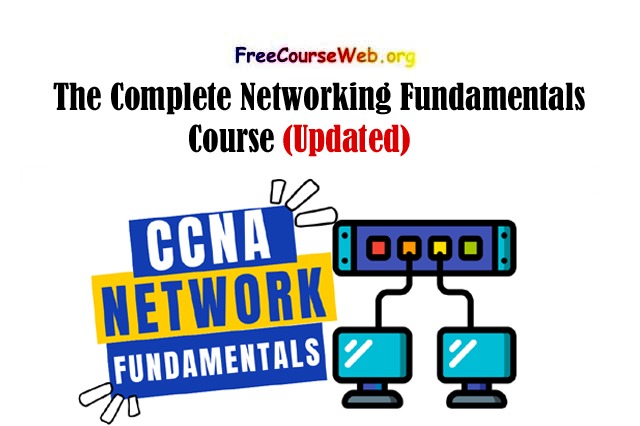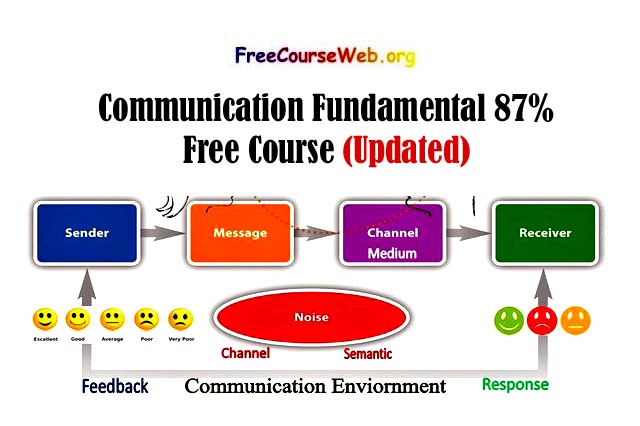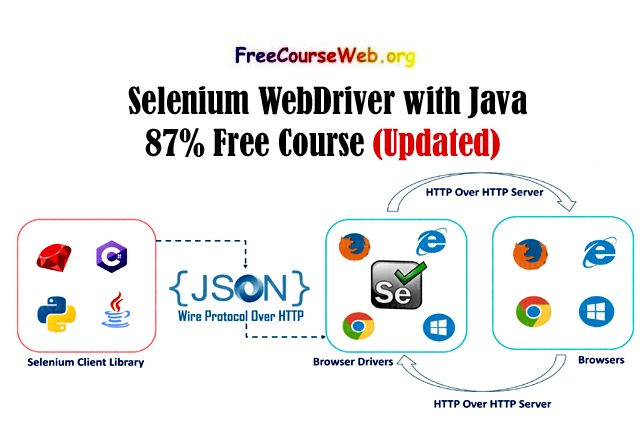Content Marketing is a type of marketing strategy in which we market our content.
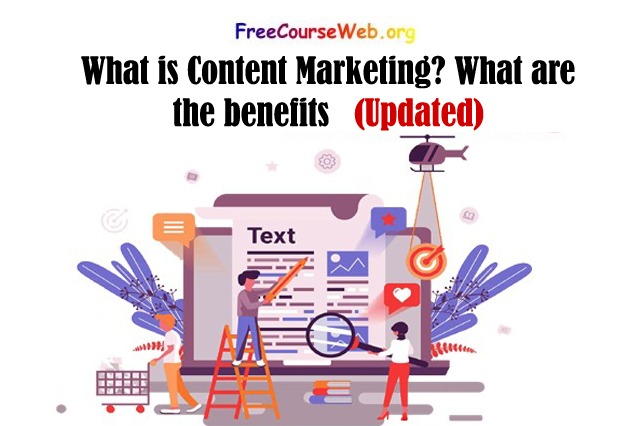
Content marketing is a marketing strategy that involves creating and distributing valuable, relevant, and consistent content to attract and retain a clearly defined audience — and, ultimately, to drive profitable customer action.
Influencer marketing trends and predictions
Marketing topic for various fields
Marketing topic for various fields
The primary goal of content marketing is to provide information or entertainment that is useful and valuable to the target audience, with the aim of establishing trust and credibility with them.
The content can take many forms, including blog posts, social media posts, videos, podcasts, e-books, infographics, and more.
The key is to create content that is relevant to the audience and that meets their needs and interests, rather than solely promoting a product or service.
The aim is to build a relationship with the audience, with the ultimate goal of driving profitable customer action, such as making a purchase or becoming a loyal customer.
When we publish our created content on different types of platforms so that more and more people get information about our content, then it is called “Content Marketing”.
In today’s post, we will know in detail about what are the benefits of Content Marketing and how to do Content Marketing.
Features of content marketing
Content marketing has several features that distinguish it from other forms of marketing. These features include:
- Focus on audience: Content marketing is focused on providing value to the target audience rather than simply promoting a product or service.
- Storytelling: Content marketing often involves telling stories that engage the audience and make an emotional connection.
- Variety of content formats: Content marketing can take many forms, including blog posts, videos, podcasts, infographics, e-books, social media posts, and more.
- Consistency: Consistently creating and distributing high-quality content is essential for building trust and establishing credibility with the audience.
- Search engine optimization: Content marketing often involves optimizing content for search engines to increase its visibility and reach a larger audience.
- Measurable results: Content marketing can be measured using metrics such as website traffic, social media engagement, and conversion rates to track the effectiveness of the strategy.
- Long-term focus: Content marketing is a long-term strategy that requires sustained effort and a commitment to providing value to the audience over time.
Overall, content marketing is a customer-centric approach that aims to build relationships with the target audience by providing them with valuable and relevant information or entertainment.
Benefits of content marketing
Content marketing offers several benefits to businesses and organizations, including:
- Increased brand awareness: By creating and distributing content that resonates with the target audience, businesses can increase their visibility and build brand awareness.
- Improved customer engagement: By providing valuable and relevant content, businesses can engage with their customers and build relationships based on trust and credibility.
- Increased website traffic: Creating and sharing high-quality content can drive traffic to a business’s website, increasing the chances of attracting new customers and generating leads.
- Improved search engine visibility: By optimizing content for search engines, businesses can improve their search engine rankings, making it easier for potential customers to find them.
- Cost-effective: Content marketing can be a cost-effective way to reach a large audience, especially compared to traditional forms of advertising.
- Builds authority and credibility: By consistently providing valuable content, businesses can establish themselves as thought leaders in their industry and build authority and credibility with their audience.
- Drives conversions: By providing relevant and valuable content at each stage of the customer journey, businesses can increase the chances of converting leads into customers.
Overall, content marketing can be a powerful way for businesses to attract and retain customers, build brand awareness, and establish themselves as industry leaders.
History of content marketing
Content marketing has a long and varied history that dates back several centuries. Here is a brief overview of some key milestones in the history of content marketing:
- 1732: Benjamin Franklin publishes “Poor Richard’s Almanack,” a yearly publication that contained weather forecasts, astrological information, and other useful advice for readers. The Almanack was a form of content marketing, promoting Franklin’s printing business while providing valuable information to readers.
- 1895: John Deere creates “The Furrow,” a magazine aimed at farmers that provided useful information on agricultural topics. The magazine was a huge success and is still published today.
- 1900s-2000s: Brands continued to use print media such as magazines and newspapers to distribute content that informed and entertained their audience while promoting their products or services.
- 2001: The term “content marketing” is first used by John Oppedahl, a software executive, in an article for the American Society for Quality.
- 2004: The rise of blogging begins, providing businesses with a new platform to publish and distribute content.
- 2006: HubSpot is founded, offering inbound marketing software that helps businesses attract, engage, and delight customers through content marketing.
- 2010s: The rise of social media and video marketing provides businesses with new channels to distribute and promote their content.
Today, content marketing is an essential part of most marketing strategies, and businesses use a wide range of content formats to engage and educate their audience, including blog posts, social media posts, videos, podcasts, and more.
Advantage of Content Marketing
Content marketing offers several advantages to businesses and organizations, including:
- Increased brand awareness: Content marketing can help businesses increase their visibility and build brand awareness by creating and distributing valuable and relevant content that resonates with their target audience.
- Improved customer engagement: By providing high-quality and useful content, businesses can engage with their customers and build relationships based on trust and credibility.
- Cost-effective: Content marketing can be a cost-effective way to reach a large audience, especially compared to traditional forms of advertising.
- Improved search engine visibility: By optimizing content for search engines, businesses can improve their search engine rankings, making it easier for potential customers to find them.
- Builds authority and credibility: By consistently providing valuable content, businesses can establish themselves as thought leaders in their industry and build authority and credibility with their audience.
- Drives conversions: By providing relevant and valuable content at each stage of the customer journey, businesses can increase the chances of converting leads into customers.
- Long-term benefits: Content marketing is a long-term strategy that requires sustained effort, but it can provide long-term benefits such as increased brand loyalty, customer retention, and advocacy.
Overall, content marketing can be a powerful way for businesses to attract and retain customers, build brand awareness, and establish themselves as industry leaders.
Disadvantage of Content Marketing
While content marketing has many advantages, it is not without its disadvantages. Some of the potential disadvantages of content marketing include:
- Requires time and resources: Creating high-quality content takes time and resources, which can be a barrier for smaller businesses with limited budgets.
- Can be slow to yield results: Content marketing is a long-term strategy that requires sustained effort and patience, and it may take time to see results.
- Requires a strong strategy: To be effective, content marketing requires a clear strategy and understanding of the target audience, which can be a challenge for some businesses.
- Can be difficult to measure: Measuring the ROI of content marketing can be difficult, especially if businesses are using a variety of content formats and distribution channels.
- Risk of content saturation: With so much content being created and distributed online, there is a risk that businesses’ content may get lost in the noise and fail to stand out.
- Need for ongoing content creation: Content marketing requires a consistent stream of new content to remain effective, which can be challenging for businesses that struggle to generate new ideas or find the time to create content.
Overall, while content marketing has many advantages, businesses should be aware of the potential disadvantages and carefully weigh the costs and benefits before committing to a content marketing strategy.
Content can be of different types-
1- Text Content- Writing about any product through text is called text content. You can also keep Story, Theory, Paragraphs, Quotes, etc. in Text Content because we can create all of them through Text.
For example: When we use text to explain a topic so that we can write and explain well about that topic, then it is called text content.
2- Images- When we capture the image of any product or we create an image to promote a product with the help of software, then that image justifies that product or provides information about that product.
For example, You are getting an Image Show at the beginning of this article, inside which we have told some things about Content Marketing. That image explains our topic, when people see this image on different platforms (Facebook, Pinterest), etc., then they come to know that this image is sharing information about content marketing.
3- Videos- When we create a video of a product or information, or when we use video to share information about our product, then that video provides the information about that product.
4- Infographics- You have done Local Market, Shops, T.V. Banners, and logos must have been seen in advertisements, ads, etc., which can also be the symbol of that product or that company. This logo and banner is called Info Graphics because it provides information about a particular product.
What are the things we have to pay attention to under Content Marketing?
There are many things under Content Marketing that we have to pay attention to. Here we are telling you about some very important topics on which you need to pay the most attention-
1- Create Useful Content
Which topic you create content, on is not important because it depends on your interest, but when you create content, then you must pay attention to how useful your content is and what people should benefit from your content. could or would be.
Because if your content is not helpful to people then you can never become successful because people will visit your website once due to promotion. Still, when they do not get information about their meaning then they do not visit your website again.
Therefore, it is important for you that while writing content, you should pay special attention to the fact that your content is useful for the users and they get some important information through your content and they should also benefit from your information.
2- Create Different Content on your Topic
When you select a topic about which you want to explain, then you should create different types of content to explain that topic well, so that you can explain your topic very well. Huh. It is very important to explain any content well because it gives people more interest increase on your topic.
For example, There are different types of people in the world and they like different types of things. Like some people want to watch the video on that topic better than reading the content. So when you create videos related to your content, then you can also attract those people towards your topic who like watching videos more.
Similarly, when you create different types of content, then you can put your point in front of more people.
With this, you can promote your product/blog more and increase your users/readers.
3- Use Different Types of Content
When you create different types of content on any one topic. Then you can explain your topic in different forms.
So that when people see or read your content. Then they find your content more informative and attractive and they are also impressed by your content.
By creating different types of content, you can attract the attention of your readers/users to focus on your topic so that they read your content for a long time. For example: When you create a video related to your topic and upload/share that video with your article. Then people also watch your video so that they stay on your blog for a long time. In this way, you can stop your visitors to your blog with the help of just one video. This will increase Watch Time on your blog and you also get more earnings.
4- Publish Content on Different Platforms
When you create different types of content on any topic. Then you have different platforms in front of you. Where you can publish your content. For example: When you create text content. Then you can tell people about your topic by publishing your content on your Blog/Website or Social Media. Similarly, when you create a video, then you can publish your content on YouTube, Social Media. In this way, you get Different Platforms. Where you can easily publish your content and tell people about your topic.
5- Share your Content on Different Platforms
This is most important for the content created on any topic. That you share your content as much as possible. For which you can use Social Media Sites. For example, Facebook, Twitter, Google Plus, StumbleUpon, Linkedin, Pinterest, Tumbler, etc because these Social Media Sites are the most popular. That’s why we have written their names here. But you use all social media sites and share your content as much as possible. So that more and more people can get information about your topic and you can get more benefit from your topic.
6- Promote
It is also very important to promote the content created on any topic. Because if we do not promote our topic or content, in the beginning, we do not visit more visitors on our content, and because of this we cannot bring our content to the top rank in the search result. That’s why we should not get any benefit just by sharing the content on social media sites. That we promote our content as much as possible. So that more and more people can get information about our content. You can use different platforms to promote content. For example: If you are a blogger. So you can make a small video on your content, and share that video on YouTube. By which your blog will be promoted as well as you will be able to earn from YouTube as well. In this way, if you are a YouTuber then you create a blog and share your YouTube videos on that blog. So that Google, Yahoo, Bing, etc. can also crawl your videos on search engines and increase views on your videos. Similarly, you can promote your blog or YouTube channel on Pinterest through images, and make your website or YouTube channel a brand.
Conclusion
I hope that you must have got more and more information about Content Marketing and you will be able to take maximum benefit from your website or YouTube channel by following the above-mentioned tips. For more information related to content marketing, you should always keep visiting our website also if you have any questions related to content marketing, then you must tell us in the comment box, and we will try to answer your question as soon as possible.
People also ask (FAQ)
1.What is an example of content marketing?
An example of content marketing could be a company creating a blog post or video that provides useful information or entertainment to their target audience, without explicitly promoting their products or services.
For instance, a fitness apparel company could create a blog post with tips on how to stay motivated to work out, or a video that shows different workout routines. The content is valuable to the audience and positions the company as an authority in the fitness industry, increasing the likelihood that people will be interested in purchasing their products in the future.
2. What are the 7 steps of content marketing?
There is no universally accepted or official list of steps for content marketing, but here is a commonly used framework that consists of seven steps:
- Define your content marketing goals: Define what you want to achieve with your content marketing efforts. Examples could be increasing brand awareness, generating leads, or boosting sales.
- Identify your target audience: Identify the people you want to reach with your content. You can create buyer personas to help you understand your target audience’s demographics, preferences, and behaviors.
- Develop a content strategy: Develop a plan for creating and distributing content that aligns with your goals and resonates with your target audience. Your content strategy should also include a content calendar that outlines when and where you’ll publish your content.
- Create high-quality content: Produce content that is engaging, informative, and useful for your target audience. You can create various types of content, such as blog posts, videos, infographics, podcasts, and social media posts.
- Publish and distribute your content: Publish your content on your website, social media channels, and other relevant platforms where your target audience is active. You can also use paid promotion to boost the reach of your content.
- Measure and analyze your results: Measure the performance of your content marketing efforts using key performance indicators (KPIs) such as website traffic, engagement, leads, and sales. Analyze the data to determine what’s working and what’s not and adjust your content strategy accordingly.
- Refine and optimize your content marketing: Continuously refine your content marketing efforts based on your data analysis and feedback from your target audience. Optimize your content to ensure that it’s delivering the results you want to achieve.
3. What are the 4 pillars of content marketing?
The 4 pillars of content marketing are a framework for building an effective content marketing strategy. These pillars are:
- Strategy: Develop a content marketing strategy that aligns with your business objectives and audience needs. This includes defining your target audience, creating buyer personas, setting content goals, and developing a content calendar.
- Creation: Produce high-quality content that resonates with your target audience. This includes creating different types of content such as blog posts, videos, social media posts, whitepapers, case studies, and more.
- Distribution: Distribute your content across various channels, including your website, social media, email marketing, and other platforms where your target audience is active. You can also use paid promotion to boost the reach of your content.
- Measurement: Measure the performance of your content marketing efforts using key performance indicators (KPIs) such as website traffic, engagement, leads, and sales. Analyze the data to determine what’s working and what’s not and adjust your content strategy accordingly.
4. What is the role of content in marketing?
Content plays a critical role in marketing by helping businesses to:
- Attract and engage audiences: Content can be used to attract and engage potential customers by providing valuable information or entertainment. By creating content that resonates with their target audience, businesses can establish trust and build relationships with their customers.
- Educate and inform: Content can educate customers about a business’s products or services and provide information that helps them make informed purchasing decisions. By providing helpful and informative content, businesses can establish themselves as thought leaders in their industry and build trust with their customers.
- Build brand awareness: Content can be used to increase a business’s visibility and build brand awareness. By creating content that is shareable and informative, businesses can reach a wider audience and increase their brand recognition.
- Generate leads: Content can be used to attract potential customers and generate leads. By creating content that is designed to convert, such as landing pages, lead magnets, or gated content, businesses can capture the contact information of potential customers and move them further down the sales funnel.
- Drive sales: Content can be used to drive sales by providing customers with the information they need to make a purchase decision. By creating content that highlights the benefits of a product or service and addresses common objections, businesses can encourage customers to take action and make a purchase.
Overall, content is a crucial component of a successful marketing strategy as it helps businesses to connect with their audience, build relationships, and achieve their business objectives.
5. What are the 5 rules of content marketing?
While there are no strict rules to content marketing, here are five guidelines that can help businesses create effective content:
- Know your audience: Understanding your target audience is crucial for creating content that resonates with them. Create buyer personas and conduct market research to determine the interests, preferences, and pain points of your audience.
- Focus on quality over quantity: It’s better to produce fewer pieces of high-quality content than to churn out a high volume of low-quality content. Focus on creating content that is informative, engaging, and provides value to your audience.
- Consistency is key: Consistency is essential in content marketing. Create a content calendar and stick to it, ensuring that you’re consistently providing your audience with fresh and valuable content.
- Use a variety of content formats: Different people prefer different types of content, so it’s essential to use a variety of formats, such as blog posts, videos, podcasts, infographics, and social media posts. Experiment with different formats to see what works best for your audience.
- Measure and optimize: Regularly monitor the performance of your content and make adjustments as necessary. Analyze metrics such as engagement, traffic, leads, and conversions to determine what’s working and what’s not. Use this data to optimize your content and improve your content marketing strategy.
By following these guidelines, businesses can create effective content marketing campaigns that resonate with their target audience and help them achieve their marketing objectives.
